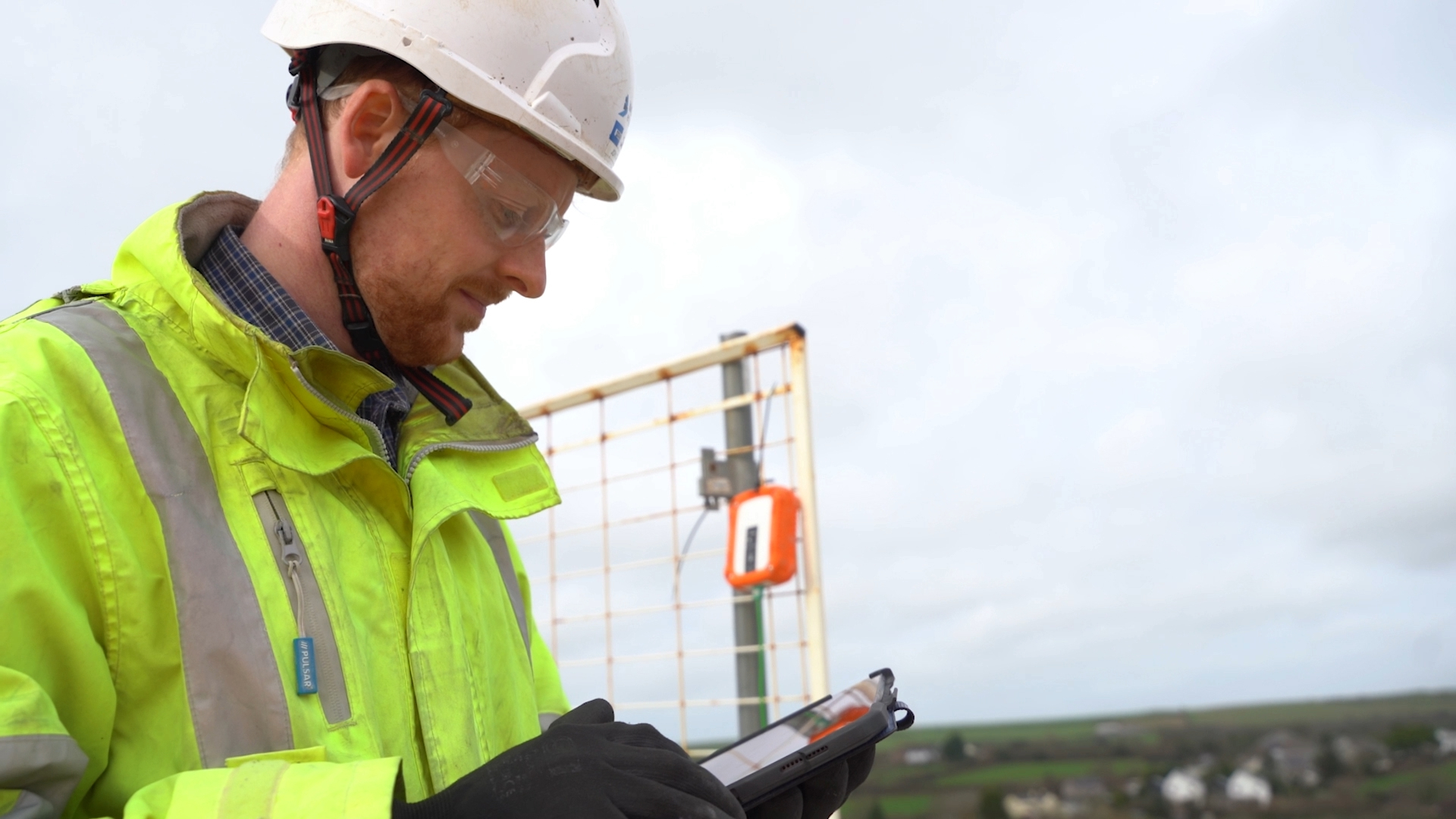
Costain is using concrete sensor technology to reduce striking times by a third and lower its carbon footprint, the engineering company claims.
Materials engineers have been using concrete sensors to monitor the strength and temperature of setting concrete, which resulted in time and efficiency savings, Costain said. It also helped reduce the quantity of materials used.
One project used the sensors for more than 80 different pours and structures, eliminating the need to conduct destructive testing of approximately 500 strike cubes.
How the sensors work
The Gaia 200 sensors, manufactured by Maturix, send real-time temperature and strength data wirelessly to engineers, temporary works designers and other specialist contractors. Each sensor is the size of a smartphone.
This information helps contractors make faster and more informed decisions, such as when to remove the formwork following a concrete pour, for example.
Concrete pours are traditionally tested by physically removing cube samples to be examined under lab conditions, with a typical pour requiring around six cubes.
The ability to record readings directly and accurately from sensors means these tests are no longer necessary.
Don’t miss out on BIM and digital construction news: sign up to receive the BIMplus newsletter.














